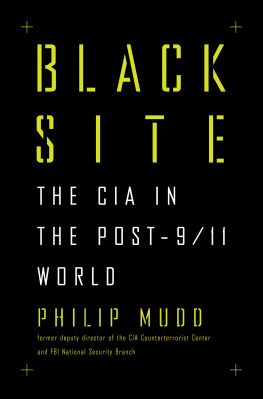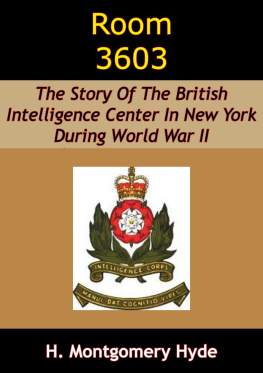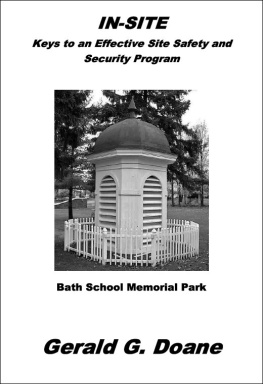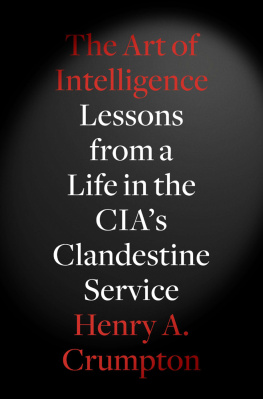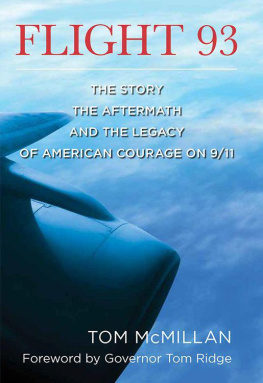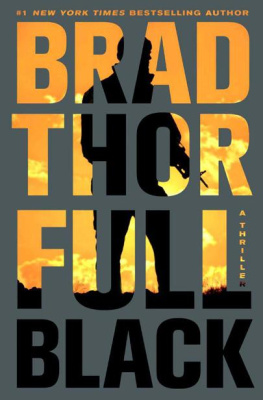Contents
Guide

ALSO BY PHILIP MUDD
The Head Game: High Efficiency Analytic Decision-Making and the Art of Solving Complex Problems Quickly
BLACK SITE
The CIA in the Post-9/11 World
PHILIP MUDD

Copyright 2019 by Philip Mudd
All rights reserved
First Edition
For information about permission to reproduce selections from this book,
write to Permissions, Liveright Publishing Corporation, a division of
W. W. Norton & Company, Inc., 500 Fifth Avenue, New York, NY 10110
For information about special discounts for bulk purchases, please contact
W. W. Norton Special Sales at specialsales@wwnorton.com or 800-233-4830
Production manager: Anna Oler
The Library of Congress has cataloged the printed edition as follows:
Names: Mudd, Philip, author.
Title: Black site : the CIA in the post-9/11 world / Philip Mudd.
Description: First edition. | New York : Liveright Publishing Corporation, 2019.
Identifiers: LCCN 2019004545 | ISBN 9781631491979 (hardcover)
Subjects: LCSH: United States. Central Intelligence AgencyHistory21st century. | TerrorismPreventionGovernment policyUnited States. |
Detention of personsGovernment policyUnited States. | Extraordinary
renditionUnited States. | September 11 Terrorist Attacks, 2001Influence. |
War on Terrorism, 20012009. | Qaida (Organization)
Classification: LCC JK468.I6 M82 2019 | DDC 327.1273009/0511dc23
LC record available at https://lccn.loc.gov/2019004545
ISBN 9781631491986 (ebk)
Liveright Publishing Corporation, 500 Fifth Avenue, New York, N.Y. 10110
www.wwnorton.com
W. W. Norton & Company Ltd., 15 Carlisle Street, London W1D 3BS
This book is for my sisters, Laura, Ellen, and Clare. Every day, we walk different paths, in different places. But the paths never seem to matter. Every day, you offer me a light. You help me make choices, you make me laugh, you help me through tough moments. You guys never fail to pull your brother along, with kindness, patience, and humor. And always love. I can try to say it, but I just cant ever thank you enough. I love you all.
CONTENTS
This book is based largely on interviews with dozens of former Central Intelligence Agency (CIA) officers, from former CIA directors to individuals directly involved in the management and oversight of the CIAs secret detention and interrogation of al-Qaida prisoners. Those interviews, supplemented by readings from the literature published about the Program during the past decade, were conducted in 20152016, mostly in person but also by phone and Skype. I assured those officers of anonymity; where their names appear here, it was with their approval. A handful of them declined interviews. A few important players have died.
I also had personal experience in the Program, reading the intelligence derived from detainee debriefings and then, as the Counterterrorism Centers deputy director from 2003 to 2005, participating in decisions about the interrogations. The book is a third-person narrative, though. I only witnessed bits and pieces of the events described here, and shuffling in the text between my experiences and those of dozens of other officers would confuse the narrative. For the sake of maintaining a consistent third-person voice, I have avoided mixing in first-person references in the broader narrative.
This is not a history. It is a snapshot of events based on the memories and thoughts of those who were there.
One summer morning, as a routine repair was taking place, sparks drifted down an elevator shaft at CIA headquarters in Langley, Virginia. It wasnt long before some oily rags in the basement ignited, sending smoke back up the shaft and into the hallways and resulting in an evacuation of the buildings. This wasnt a false alarm but instead the real thing, a near-miss that would be a chance for Agency executives to study how the CIAs regularly scheduled emergency evacuation practices on the leafy northern Virginia compound would work out in a live scenario. The small fire that ensued wasnt disastrous or life-threatening, and the evacuation that followed was the type of event that might otherwise be forgotten. If not, that is, for the timing.
The Agencys response wasnt stellar. The thousands of Agency employees at the CIAs expansive Langley compound occasionally went through the motions of practice fire drills, streaming down stairwells onto sidewalks and parking lots, but those were orchestrated, and not particularly energetic. Confusion surrounded this modestly serious event, which irked the CIAs executive director. A. B. Krongard, known universally inside and outside the Agency as Buzzy, the senior official responsible for management at the Langley complex of buildings that make up the CIAs Headquarters compound, was in his element that day. A crusty former Marine, he liked to jokingly impress other officers with his physical fitness. But as he had helped clear the halls that day, he was underwhelmed by what he saw.
The agency quickly spearheaded an after-action study, the sort of rearview-mirror look at an event that any bureaucracy might undertake to determine how to improve policies and procedures. Krongard led the review. A veteran of the investment world and the CIAs third-ranking official, Krongard had taken a hiatus from banking to help his friend, CIA director George Tenet, rebuild a CIA that had been downsized during the postSoviet Union budget cuts of the 1990s. Known in the Agency as the ExDir, a shortened version of his formal title, he was the senior-most official on the business side of the Agency, responsible for everything from human resources and budgeting to emergency response.
Krongard drove the review, surely with the same relentless, no-nonsense style that characterized his blunt handling of every problem that ended up on his desk. He had a reputation as a quick decision-maker; as he later said, Ive been criticized by some who say I never met a decision I didnt like. Well, theyre right.
Motivating any senior executive to focus on emergency response in peacetime isnt easy; the senior Agency officials participating in that after-action planning might have imagined that they were putting in place procedures for another fire or the snow emergencies that periodically shut down the federal government and snarled traffic around the CIAs large suburban parking lots. Those sparks spiraling down the elevator shaft, the dirty rags, the smoke, the recognition that the evacuation plan for the buildings that comprise the Agencys headquarters campus wasnt as good as it should have beenall these events happened during the late summer of 2001.
The review wasnt particularly memorable, one of a hundred priorities consuming CIA executives that summer. But, in retrospect, it was one of the inflection points that helped an Agency move from its back foot to a war footing relatively quickly. Not much prepared the CIA for the roles and responsibilities its officers assumed after the attacks. In the fall of 2001, everybody in America assumed there would be more catastrophic tragedies. It didnt seem as though anything could stop the shadowy al-Qaida adversary that Americans came to know overnight. Immediately afterward, the anthrax attacks hit America. Official Washington inevitably drew the conclusion that this was another al-Qaida attack, this time with a weapon of mass destruction, a WMD agent. Al-Qaida had been researching the bacteria, and the logic that they might attempt to rock the United States with an anthrax campaign immediately on the heels of 9/11 made sense. Washington was on its toes, and no one then would have guessed that the attacks were in fact tied to a disaffected American scientist. Simply put, America and the CIA were caught off-guard. Back then, everyone thought al-Qaida had infiltrated more terrorists in America, and that the next catastrophic attack was possible any day.

